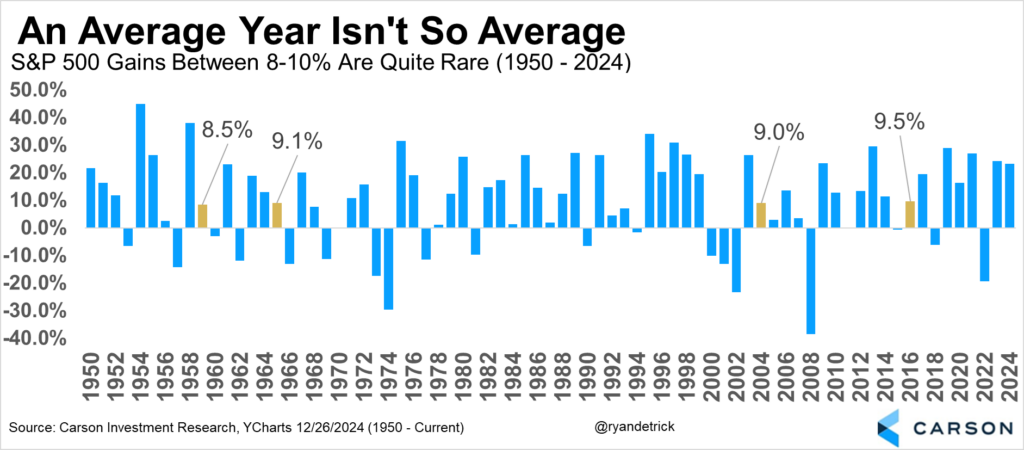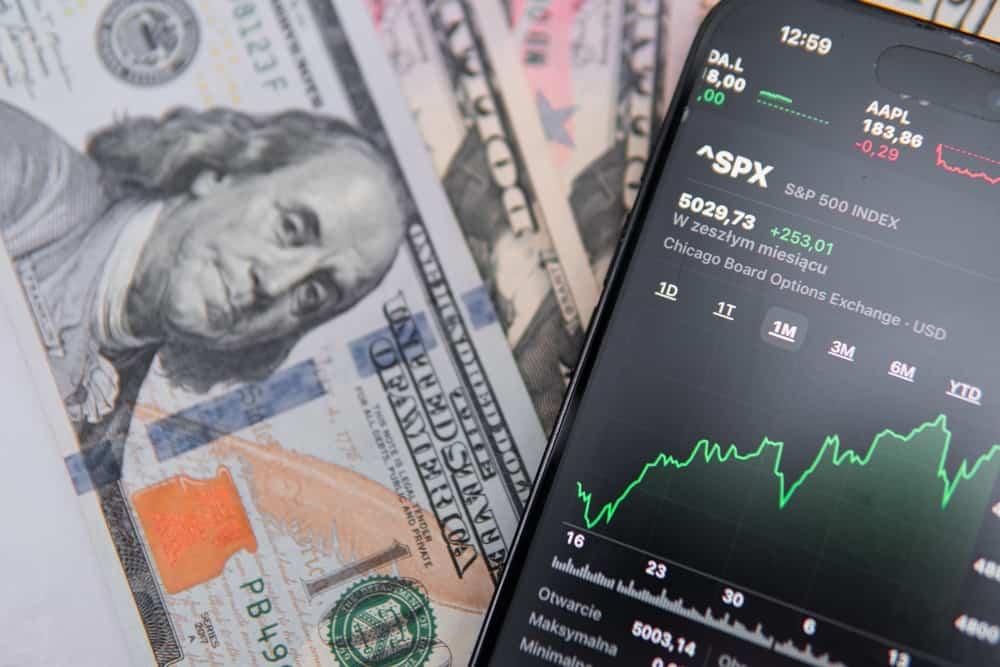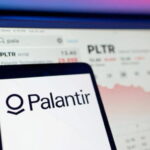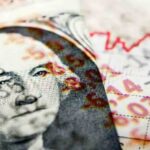Oppenheimer Asset Management’s chief investment strategist John Stoltzfus has raised his year-end target for the S&P 500 to 7,100 points, implying 11.1% upside for the remainder of the year and representing the highest target among strategists tracked by Bloomberg.
The S&P 500 currently trades at 6,388.64, up 8.86% year-to-date. Stoltzfus lifted his target from the previous 5,950 points, citing progress in trade negotiations as removing market uncertainty.
Trade progress driving the rally
“Progress on trade negotiations removes an uncertainty that had weighed on our market outlook,” Stoltzfus wrote in a note. The strategist also raised his 2025 earnings estimate for S&P 500 firms to $275 per share, 3% higher than the average analyst forecast.
US stocks have rallied to record highs as the administration struck trade deals ahead of the August 1 deadline, including with Japan and the European Union, setting a broad 15% duty on imports. Several Asian exporters, including Indonesia and the Philippines, have negotiated reciprocal rates between 15% to 20%.
Washington continues talks with Switzerland, South Korea and Taiwan, while the US and China are expected to extend their tariff truce by another three months.
Oppenheimer’s profit estimates imply further valuation expansion for the benchmark to 25.8 times forward price-to-earnings ratio, compared with 22.5 currently.
The strategists noted that corporate revenue and earnings growth in the past two quarters surprised to the upside, while 84% of companies in the current earnings season are exceeding analyst consensus expectations.
Historical patterns
Ryan Detrick, of Carson Group, noted that the S&P 500’s current 8.6% year-to-date performance is “about average, but with markets, there is no such thing as average.” He pointed out that “only 4 out of the past 75 years have stocks gained between 8-10%,” suggesting markets rarely stay in narrow ranges.

However, the path to 7,100 may face near-term challenges from seasonal patterns. Historical data shows the S&P 500 has averaged negative returns in August (-0.27%) and September (-0.80%), periods that have traditionally been weaker for equity markets.
Soft seasonality on tap. $SPX has averaged negative returns in Aug-Sept over the past 15 years.
— Mike Zaccardi, CFA, CMT 🍖 (@MikeZaccardi) July 28, 2025
Amid a raging bull market, too. pic.twitter.com/GaxZPMa2Oj
Featured image via Shutterstock.







